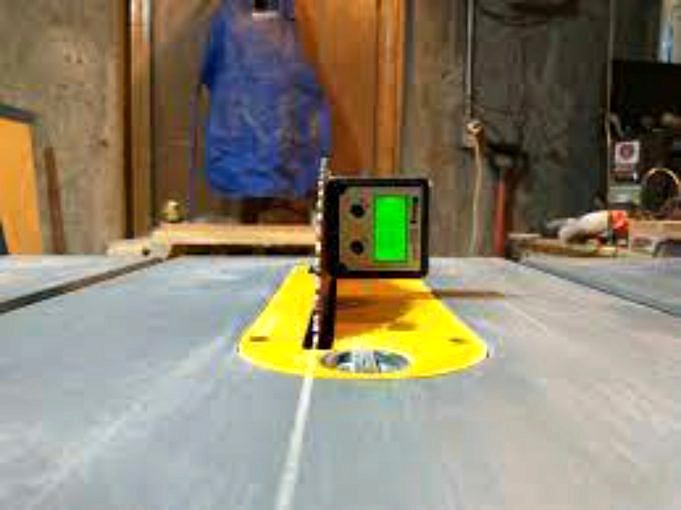Table saws are one of the essential tools for a woodworker or carpenter. A well-tuned table saw can make accurate, precise cuts, and with a little bit of practice, you can tune your table saw to keep it performing its best. This blog post will show you how to tune a table saw for optimum performance.
Few Easy Steps To A Perfectly Tuned Table Saw
Like anything else, your table saw needs a little bit of love and attention from time to time to keep it running in top condition.
Get Started By Getting Your Tune-up Tools.
A square
A sharpening stone or file
Clean, lint-free cloth
Optional: A can of compressed Air
Check The Table Saw For Square
The first step in tuning your table saw is to check that the table is square. It is easy to check the squareness of your table saw by measuring from one corner to the other corner. Then, measure from the other two corners of the table. Your table will be square if the measurements are equal. You will need to adjust the fence so that it matches.
Replace Stock Blade:
Next, check the blade for any damage. The blade can wear over time and become duller or more vibratory. This can lead to less accurate cuts and vibrations. If you notice that your cuts are not as precise as they used to be, or if the saw is vibrating more than usual, its time to replace the blade. You can find replacement blades at your local hardware store or online.
Check The Alignment Of The Blade:
Once the blade is replaced, check the alignment of the blade. If the blade is not aligned correctly, it can cause the saw to vibrate excessively, which will lead to less than accurate cuts. Loosen the adjustment screws and tap the blade into place with a hammer to align the blade. Be sure to retighten the screws once the blade is in position.
Parallel The Blade To The Miter Gauge Slot:
Paralleling your blade to the miter gauge slot is another crucial step in tuning your tablesaw. This will ensure that your blade cuts at a 90 degree angle. It also produces better cuts. To do this, loosen the adjustment screws on the miter gauge and then slide the gauge until it is flush with the blade. Once the gauge is in place, tighten the screws.
Clean Your Saw Blades:
Over time, your saw blades can become clogged with sawdust and debris. This can cause poor cuts. To clean your blades, remove them from the saw and use a brush or a piece of cloth to wipe away any debris.
Parallel The Rip Fence To The Blade:
Next, parallel the rip fence with the blade. This will ensure that the fence is straight to the blade, and that the material has been cut evenly on both ends. Slide the fence to align it with the blade. Once the fence has been installed, tighten the screws.
Determine The Tension Of Your Blade.
Last, check the tension on the blade. If the blade is too loose, it will cause the saw to vibrate excessively. To adjust the tension, loosen the screws on the blade and then tighten or loosen the nut at the end of the screw until you have the desired tension. Be sure to retighten the screws once the blade is in position.



